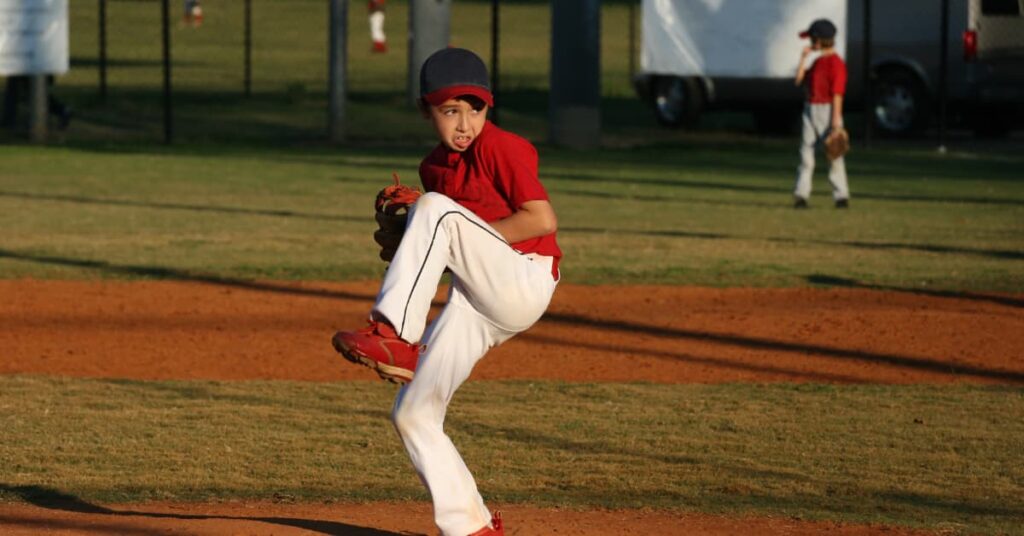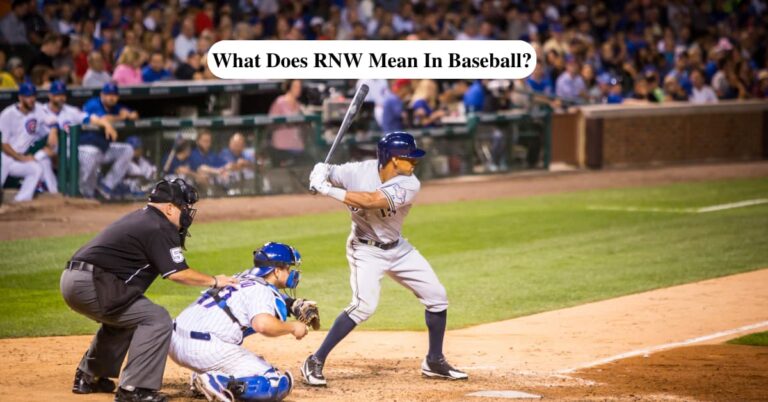What Does Tipping Pitches Mean in Baseball?
In the world of baseball, there are various techniques and strategies that players employ to gain an advantage over their opponents. One such aspect is the art of “tipping pitches.”
In this article, we will explore what tipping pitches mean in baseball, its significance, common ways pitchers inadvertently give away their pitches, and how they can prevent it from happening. Let’s dive in!
What Does Tipping Pitches Mean?
Tipping pitches refer to unintentional signals or cues given by a pitcher that provides the batter with hints about the type of pitch that is about to be thrown.
It could be a subtle change in grip, differences in the delivery, or inconsistencies in the pre-pitch routine. These unintentional cues can be used by observant batters to anticipate the pitch, giving them a significant advantage at the plate.
Does Tipping Pitches Make a Difference?
Absolutely! When a batter knows what type of pitch is coming, they can prepare and adjust their swing accordingly.
This puts the pitcher at a severe disadvantage, as the element of surprise is lost. Tipping pitches can lead to more solid contact, increased batting averages, and ultimately, more runs scored against the pitcher.

Common Ways Pitchers Tip Pitches
Grip Changes
One common way pitchers unknowingly tip their pitches is through changes in their grip. For example, a slight adjustment in finger placement or pressure can give away whether a fastball or a breaking ball is coming. Observant batters may pick up on these subtle variations and adjust their approach accordingly.
Delivery Differences
Pitchers often have specific mechanics and movements associated with different pitches. However, if a pitcher unintentionally alters their delivery mechanics for different pitches, it can give away their intentions. Subtle changes in arm angle, release point, or body positioning can provide valuable clues to the batter.
Inconsistencies in Pre-Pitch Routine
Every pitcher has a pre-pitch routine that helps them get into a rhythm and focus on the task at hand. However, if a pitcher’s routine is inconsistent or varies depending on the type of pitch, it can tip off the batter. Variations in timing, movements, or gestures can alert the batter to the upcoming pitch.
How Often Do Pitchers Tip Pitches?
The frequency of pitchers tipping their pitches varies from player to player. Some pitchers may inadvertently tip their pitches more often than others, while some may be more aware and take necessary precautions to prevent it. Pitchers who consistently tip their pitches are likely to face more challenges and struggles on the mound.

Tipping Pitches vs. Stealing Signs
It is important to differentiate between tipping pitches and stealing signs.
Tipping pitches refer to unintentionally giving away information by the pitcher while stealing signs involves decoding and relaying the opposing team’s signs by someone on the basepaths or in the dugout.
While both can give the batter an advantage, tipping pitches relies on the pitcher’s own actions, whereas stealing signs involves decoding the opposing team’s strategy.
How Pitchers Can Prevent Tipping Pitches?
Consistent Delivery
Pitchers should focus on maintaining a consistent delivery for each pitch in their repertoire. By using similar arm angles, release points, and body mechanics, they can minimize any visual cues that may give away their intentions.
Concealing Grip
To avoid grip-related tipping, pitchers should ensure that their grip remains consistent across different pitches. By developing a grip that is comfortable and secure, they can minimize any unintentional changes that batters might pick up on.
Maintaining a Steady Pre-Pitch Routine
Having a steady and consistent pre-pitch routine is crucial for pitchers. By avoiding variations in timing, movements, or gestures, they can prevent batters from detecting patterns and anticipating their pitches.
Conclusion
Tipping pitches can have a significant impact on a pitcher’s performance.
By understanding what tipping pitches mean in baseball, recognizing common ways pitchers inadvertently give away their intentions, and implementing strategies to prevent it, pitchers can maintain the element of surprise and increase their chances of success on the mound.
Developing a consistent delivery, concealing their grip, and maintaining a steady pre-pitch routine are key factors in avoiding the pitfalls of tipping pitches. With practice and awareness, pitchers can level the playing field and keep the batters guessing, leading to improved performance and better overall results.








